
A museum located in the Akazawa Natural Rest Forest. It displays tools related to forestry, and introduces the history of forest resources and forestry. You can learn more about the Akazawa-no-Mori, Kiso-no-Mori, which has been managed as a sacred tree of the Ise Shrine since ancient times, and the forestry represented by the middle ride of Kiso. In addition, there is also a corner to introduce animals of the forest.

A park that stretches across the flat on the left bank, a little down the Kiso River from the floor of the sleep. In connection with the legend of Taro Urashima, you can enjoy a walk while admiring granite monuments and objects made with the theme of time. The eye-catching is a huge sundial monument in the center of the park. It is a work of art by the pioneer of environmental art, Akira Kaku, and it is a work of art that calculates the fluctuation of the Earth's axis of rotation. There are also works that get motifs from the Urashima legend, such as the Tamate Box and the Dragon Palace Gate, so it is interesting to look around while adding interpretations to each of them.

Rong (historical site), known for its "Pao no Asaka", one of the Kiso Hakkei. It is a difficult place on Nakasendo, which has become a song pillow as a dangerous thing since ancient times. It used to be a 100m long road with only a round of wood and planks along the cliff, but it was burned down in the early Edo period and was later converted into a stone-kumen. At present, the old national highway runs over the Rō, leaving only a part of the stone wall.
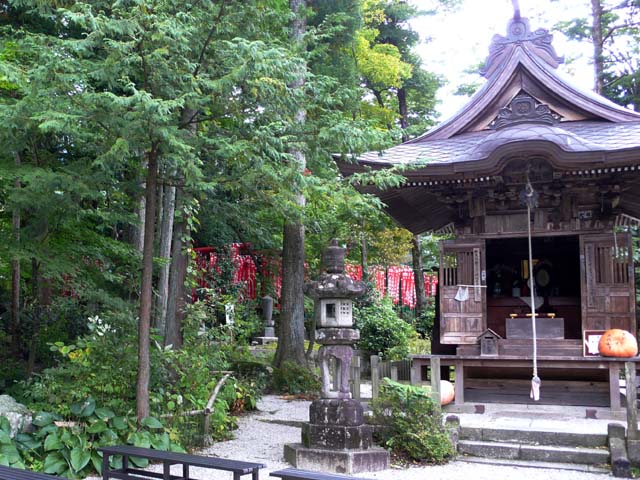
The temple of the Rinzai sect of Myoshin-ji, which stands in the immediate vicinity of National Highway 19 and overlooks the floor of Nekaku. It is the origin of Kaeki that Taro Urashima left his old self and traveled, but he celebrated the statue of Bentakuten, which was left behind. The precincts include Matsuo Bashō, Shōka Kōtō, Tanida Sankō-no-Ike, and a treasure house, with a short cut from the entrance at the back to the floor at Nekaku. The treasure house displays the patronage fishing rod [Tsurizao], which is a patronage that is misplaced by Taro Urashima.
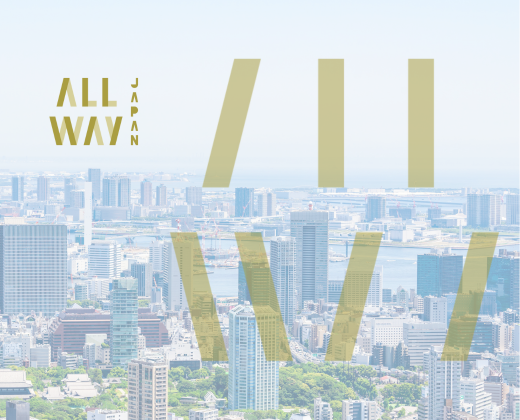
It is located a short distance into Yamate from Agematsu-juku [Agematsu-Juku], where the old townscape remains, and is a temple that is said to be the founding of the second son Yubin of the 16th generation of the Kiso family, Yoshimoto. A large tree of black pine trees and a mountain gate, which escaped the burning caused by the Great Fire, show a beautiful harmony, while the weeping cherry blossoms next to Tenjindo produce beautiful flowers every year.
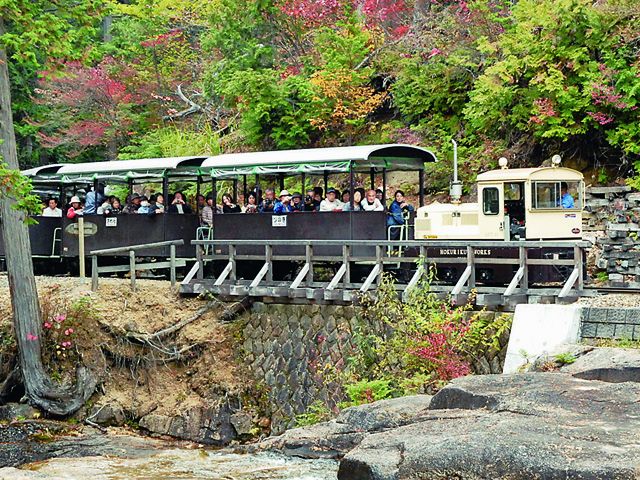
The Akazawa Natural Rest Forest, formed by natural cypress that is over 300 years old, is also a certified forest therapy base ahead of the nation. At the deepest part of the Akazawa area, there are eight hiking trails that are varied, including the "Reisawa Course", where you can enjoy the stunning landscape of Kiso cypress, and the "Kamikazu Course", where you can enjoy the difference between natural and artificial forests. In addition, the park is served by a trolley train and Akazawa Forest Railway, which operated for lumber transportation from 1916 to 1975, and you can enjoy the scenery from the train in a leisurely manner (800 yen round trip, separately during the summer event period).
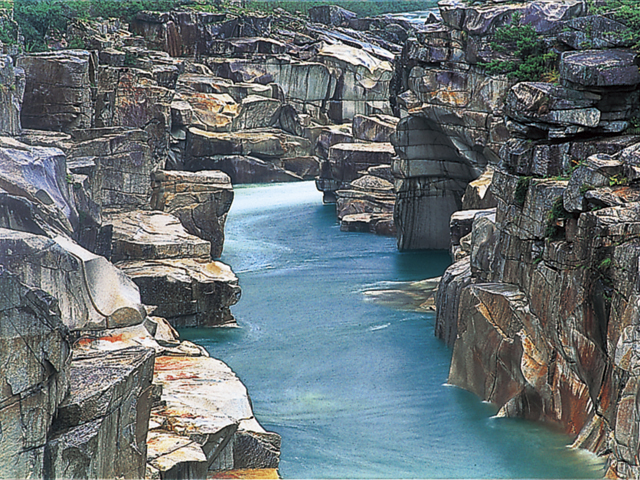
1 area of the Central Alps National Monument designated in March of the year of Reiwa 2 (2020) as the 57th National Monument in the country. A scenic spot (Meishatsu) that spans about 1.5km and is followed by rock formations. The rapids of the Kiso River eroded the granite bedrock, and it is said that travelers traveling along Kiso Road have always stopped and looked at them since ancient times. The vertical and horizontal fractures (square temperance) and potholes (potholes) formed on the surface are also geologically valuable. It got its name from the legend that Taro Urashima, returning from Ryōgō Castle, opened a Tamate box here and became a 300-year-old old man, who woke up from a dream.

A waterfall also depicted in ukiyo-e by Katsushika Hokusai and Hiroshige Ando. Known for the "Ono Waterfall", it is also counted as one of the Kiso Eight Views. It is 30m high and 10m wide, and the temple and stone monument of Fudoson and a nightlight stand on the side of the waterhole, which was also a place of water for the participants of the Otake faith. The fuetsu mountain behind the waterfall [Kazakoshiyama] is also a famous mountain known as Kiso-Hakkei, "The blue storm [Seiran]".
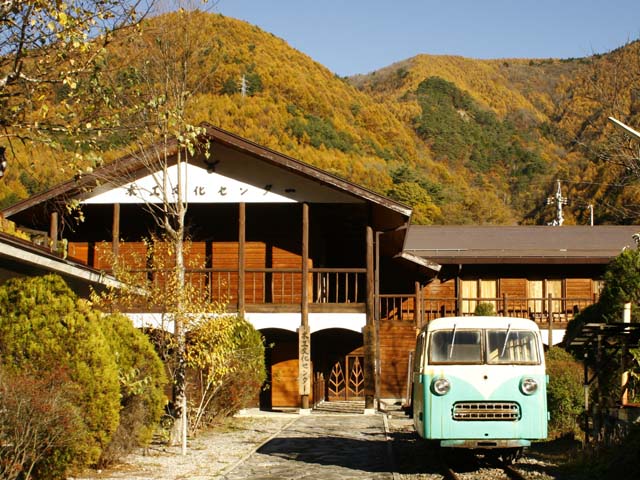
Kiso-mura boasts one of the nation's leading output of art supplies, as well as the six-comb, and displays a variety of woodwork products from Kiso-mura, mainly painting materials such as canvas and picture frames.
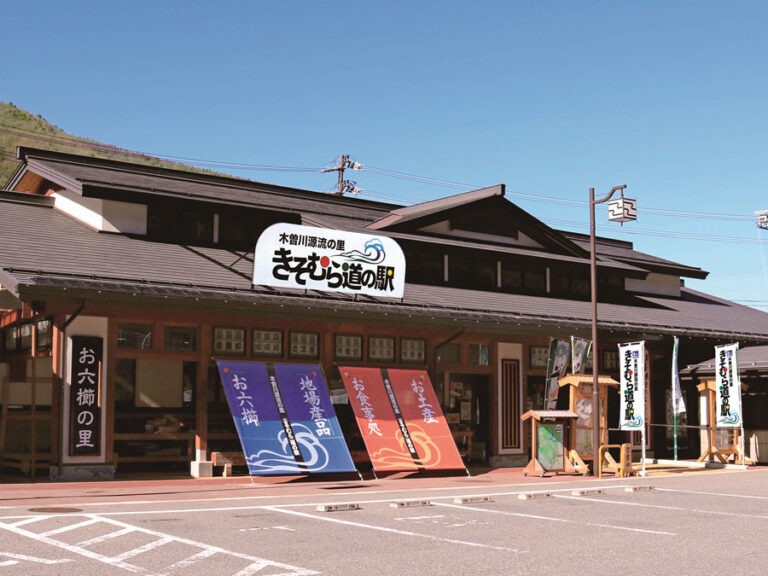
In addition to locally produced fresh vegetables, roadside station original products such as "Egoma Dressing" (two types) and "Amazake" can be purchased at the direct sales office. In addition, at the restaurant Genki, we recommend a set meal (1800 yen) using Kiso beef and a zaru soba (800 yen) that sticks to local hand-made hands. In the summer, corn, autumn haki, and other products that can only be tasted in Kiso are also sold.











